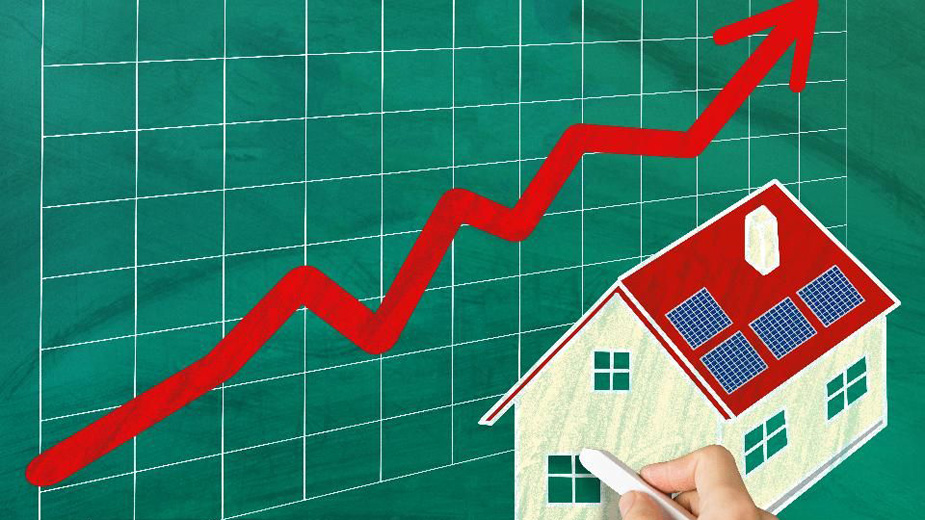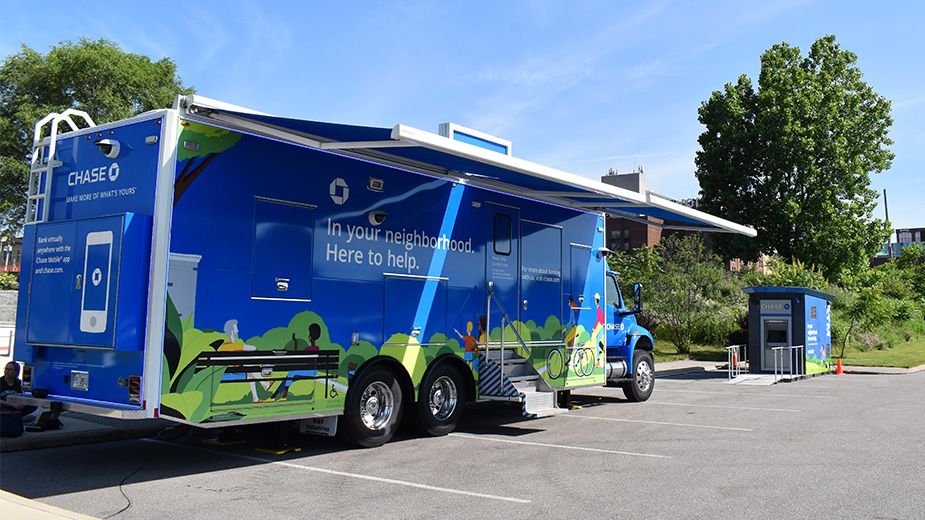Mortgage Lenders See Surge in Refinancing
YOUNGSTOWN, Ohio — With mortgage rates sitting at their lowest in the last few years, mortgage lenders say now is the time to refinance – and customers are heeding their advice.
Rates for a 30-year fixed mortgage are around 3.75% and 3.875%, down from as much as 4.75% this time last year. Homeowners are looking to take advantage of the rates – the lowest in two years – and banks are seeing a surge in mortgage-refinance applications.
At Farmers National Bank, applications for mortgage refinancing typically make up 30% of its loan portfolio, says Mark Witmer, senior executive vice president and chief banking officer. But within the last few months, applications have jumped to about 47% of loans at Farmers.
“It’s not surprising,” considering mortgage rates have dropped nearly a full percentage point from this time last year, although “it took a little bit longer than I thought,” Witmer says.
Other regional banks see similar trends. Refinancing applications are up 97% year-over-year at PNC Bank Corp., mirroring the national trend as reported by the Mortgage Bankers’ Association, says Deborah Stafford, PNC territory sales manager for Ohio, Kentucky and Tennessee. However, purchase applications aren’t increasing as much, she says, because of the tight inventory.
“It’s part of what happens when you have great rates and a lot of people are buying,” she says.
Refinancing applications at Home Savings Bank have jumped to nearly 25% of its lending portfolio, up from 10%, says Anthony Lucarelli, vice president of residential lending.
Cortland Bank has seen its applications increase even more, to as much as 40% of its portfolio, up from 10% last year, says its senior vice president of mortgage lending, Rocky Page. “A lot of people in the last few years bought rates in the [5% range],” he says. “If it’s a significant loan balance, it makes sense to refinance.”
Refinancing a mortgage doesn’t make sense for all homeowners, Page says. The best way to approach it is to do the math to see if the reduced monthly payment covers the closing costs.
For example, if a loan costs $3,000 to close and saves a homeowner only $30 monthly, it will take 100 months to break even. “That doesn’t make sense to me. You’re not saving enough for the cost you’re incurring,” Page says.
“If you can recoup your closing costs in three years or less, and you’re going to stay in the house for any amount of time, it makes 100% sense to refinance,” he says. “So it’s a gauge of how much your cost is going down and how much it will cost to get the loan.”
Even customers who aren’t a year into their mortgage can benefit, says PNC’s Stafford. A $150,000 mortgage purchased in January at a 4.5% rate carries a monthly principle of $810. Refinancing that mortgage with a rate that’s at least half a percentage point less drops the monthly payment to $763, she says.
“It doesn’t sound like much, but when you look at a 30-year mortgage, that’s a savings of $16,920 through the life of the loan,” she says.
There are other potential benefits to refinancing besides monthly savings, notes Home Savings’ Lucarelli. Depending on the type of loan the customer has and how long he’s been paying on it, refinancing could shorten the length of the mortgage for a manageable monthly payment increase.
“If you’re a homeowner and you’ve been in the home before the mortgage crisis and haven’t talked to a lender about refinancing, you absolutely should pick up the phone,” Lucarelli says. “If you were on a 30-year fixed-rate loan and been paying on it for 20 years, I could put you on a 25-year loan. The payment goes up $50 and it will knock three years off the loan, saving you about $7,200.”
Such a change is “very attractive” to first-time housebuyers as well as those who purchased a 30-year fixed mortgage “because that’s what their parents and grandparents tell them,” Stafford notes. Refinancing a $150,000 mortgage to a 15-year from a 30-year can increase the monthly payment to $1,143, up from $810, she says. While the payment is higher, the homeowner benefits from paying the mortgage off earlier and paying on a lower rate: a 15-year fixed rate is 3.5% currently, she says.
“It’s not a huge difference in the amount of the payment if you think about what it’s going to do in the long term for your financial well-being,” she says. “It will save you $86,000 over the life of the loan. So that’s significant when you talk to somebody about their financial well-being.”
A cash-out refinance is another option that allows homeowners to leverage the increased value of their houses to pay down some debt, she says. It’s also a good time for homeowners with an adjustable rate to consider locking it in with a fixed rate, she says.
Some homeowners might not benefit from refinancing because they’re already enjoying low rates, Lucarelli notes.
Following the Great Recession, the government provided options for homeowners to refinance with rates as low as 3.25% on a 30-year fixed mortgage, he says. While not everyone took advantage of those rates at the time, he says those who didn’t might have taken advantage of other rate decreases since then. Today, “the challenge is finding who’s left to refinance,” he says.
The best thing for customers to do is to speak to their mortgage lenders about their options, recommends Farmers’ Witmer. As do other regional banks, Farmers is reaching out to existing customers and prospects about the low rates and, thus far, is seeing a “very high percentage” of qualified applications.
“Most people have good credit; most people qualify,” Witmer says. “There’s nothing to be lost to at least come in and check it out. We can look at your initial information and tell you quickly if it’s going to save you money.”
Customers need to know their existing rates and balance. One’s credit history “is probably the most important piece of information,” Witmer notes.
Witmer expects rates to remain about the same leading into 2020, he says, and he doesn’t expect rates to drop any further.
While there is talk from the Federal Reserve that it might lower short-term rates, long-term rates “have already decreased in anticipation of the Fed lowering the short-term rates,” he says. “They’re as low as they’re going to go for the rest of the year.”
Copyright 2024 The Business Journal, Youngstown, Ohio.


